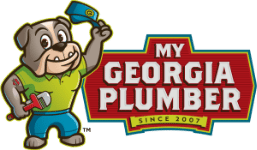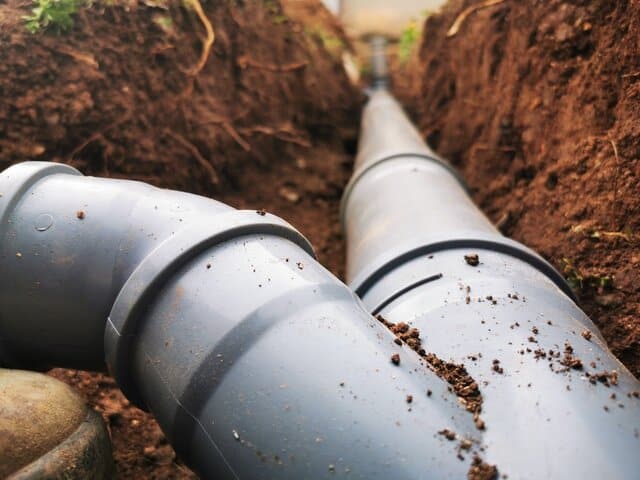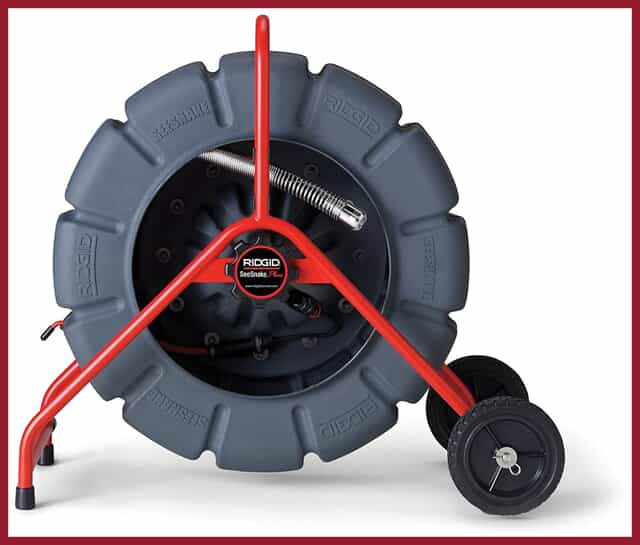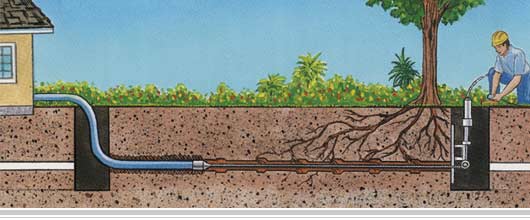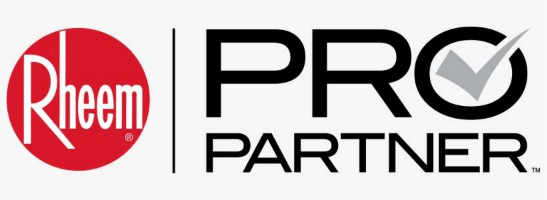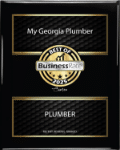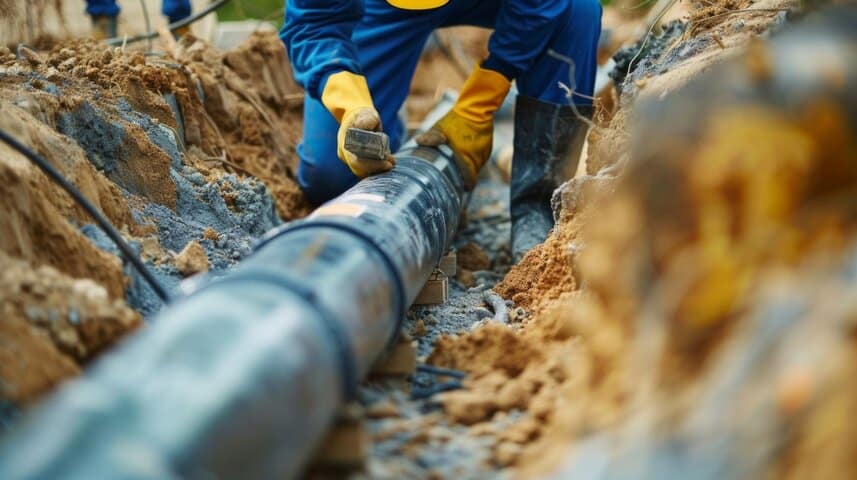
Don’t Tear Up Your Yard (or Wallet) Until You Read This
You’ve been told your sewer line needs repair or replacement.
Cue the panic: visions of destroyed landscaping, cracked driveways, and a five-figure invoice.
Here’s the good news:
Not all sewer repairs require trench digging. And not all damage calls for a full replacement.
At My Georgia Plumber, we guide homeowners through the real condition of their sewer lines—then help you compare both traditional and trenchless options, so you can make the right choice for your home and your budget.
First, What’s Actually Wrong with Your Sewer Line?
Common problems we encounter include:
-
Cracked, collapsed, or misaligned pipes
-
Shifting soil or ground erosion
-
Buildup from grease, wipes, or other non-flushables
-
Aging pipes made of materials like clay or Orangeburg
These problems can cause:
-
Gurgling or slow drains
-
Recurring backups
-
Sewer odors inside or outside the home
-
Soggy or sunken lawn areas
-
Whole-home drainage issues
How We Diagnose Sewer Problems (Before We Recommend a Repair)
We start every job with a high-resolution sewer camera inspection. This lets us determine:
-
The exact location and type of issue
-
The condition and material of your sewer line
-
Whether trenchless repair is possible
-
How extensive the damage is
You’ll get a clear explanation, real-time video footage, and a no-guesswork breakdown of your repair options.
Sewer Repair Options: Dig or No-Dig?
Traditional Sewer Repair (Open Trench)
Best for:
-
Severely damaged or collapsed pipes
-
Pipes made from outdated materials like Orangeburg or clay
-
Major offsets or blockages that can’t be lined or burst
Pros:
-
Full replacement of old piping
-
Long-term solution
-
Allows for rerouting or repositioning if needed
Cons:
-
Requires excavation (which may impact driveways, sidewalks, or landscaping)
-
Can take longer to complete
-
Cost varies based on property access and layout
Trenchless Sewer Repair or Replacement
Best for:
-
Pipes that are still structurally sound but leaking or cracked
-
Moderate damage or intrusion
-
Homeowners looking for minimal disruption
Trenchless options include:
-
Pipe Lining (CIPP): A resin-coated liner is inserted and cured inside the pipe, creating a seamless, joint-free new interior.
-
Pipe Bursting: A new pipe is pulled through the old one, simultaneously breaking apart the old line and replacing it.
Pros:
-
Minimal digging—only two small access points required
-
Faster project completion
-
Little to no disruption to driveways, trees, or landscaping
-
Long-lasting results (often 50+ years)
Cons:
-
Not ideal for severely collapsed pipes
-
Requires proper access and sufficient space
-
Upfront cost may be slightly higher than basic open trench repairs
How to Choose the Right Sewer Repair Method
The best solution depends on several factors:
-
The age, material, and layout of your current system
-
The extent and location of the damage
-
Your landscaping, hardscapes, and other surface obstacles
-
Your budget and long-term goals
At My Georgia Plumber, we walk you through your options with clear pricing and zero pressure—so you can make the right call for your home.
Don’t Commit to a Dig Until You’ve Seen What’s Underground
Sewer problems are stressful. But with the right diagnosis and options, repairs don’t have to be.
Call My Georgia Plumber today for a sewer camera inspection and consultation.
We’ll show you exactly what’s going on and recommend the smartest, most cost-effective repair path—without tearing up your peace of mind (or your yard).
